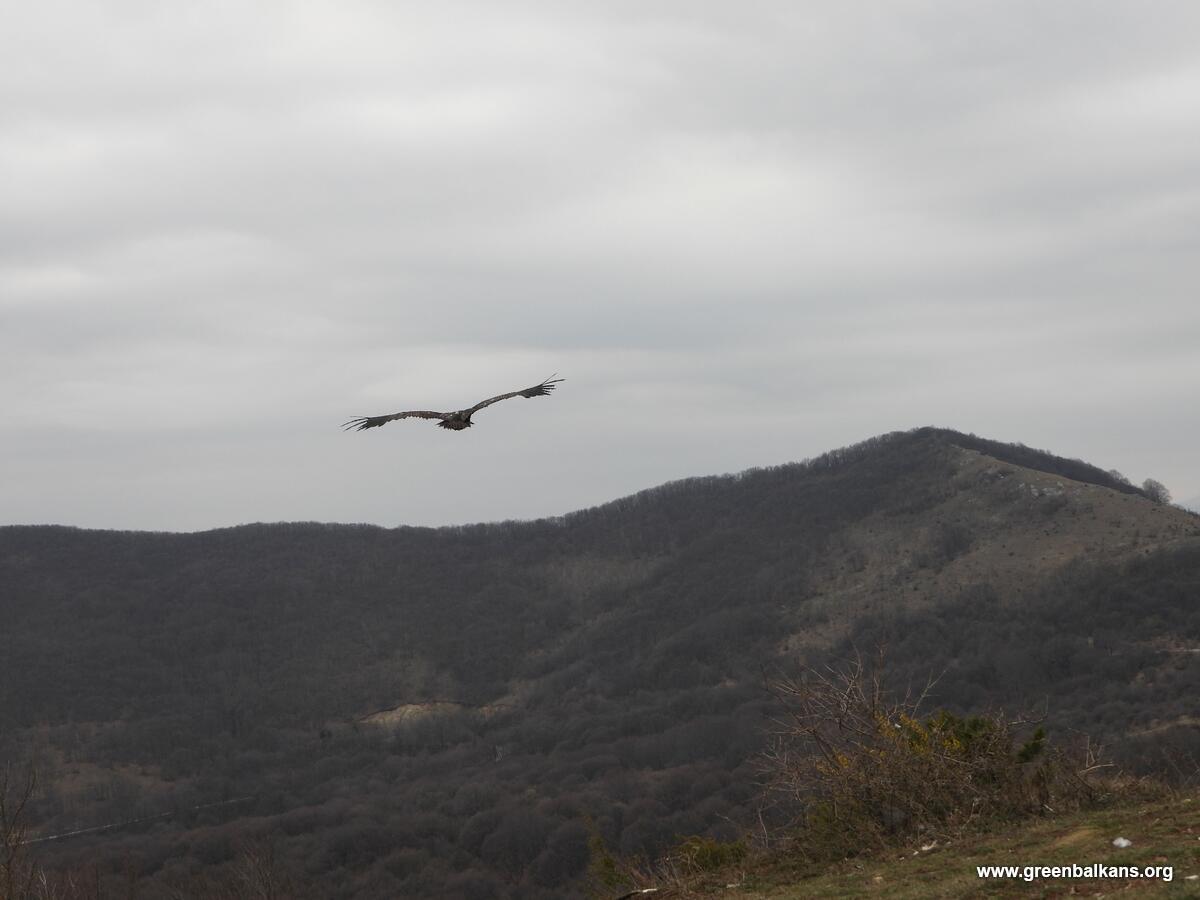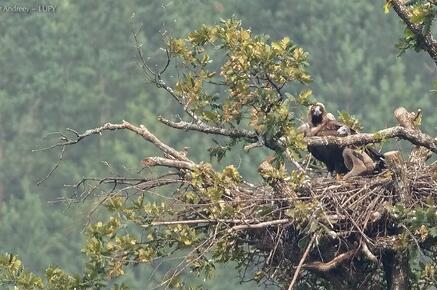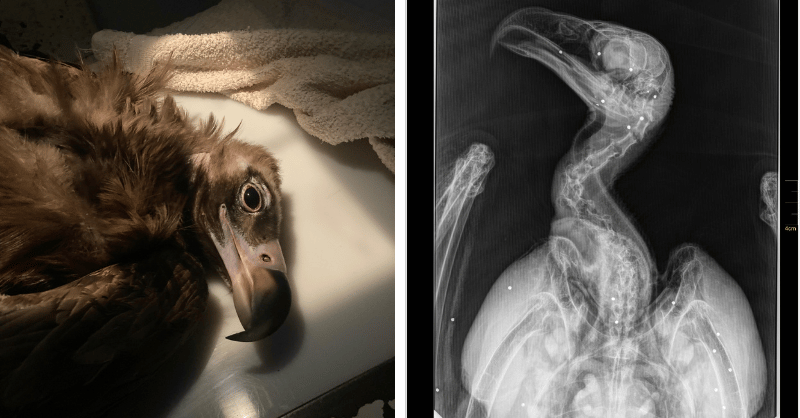
The Cinereous Vulture population in Extremadura is soaring, with 837 breeding pairs distributed in the Sierra de San Pedro and Monfragüe, which are considered Europe’s most important colonies for the species!
Cinereous Vulture population increase in Extremadura
The population of the Cinereous Vulture (Aegypius monachus) is increasing in the two most important breeding colonies in Europe. In Sierra de San Pedro, the 2020 census recorded 461 breeding pairs, and in the Monfragüe National Park, 376 pairs. These numbers represent a 51.14% and 24.09% increase respectively, compared to the 2016 census!
Positive outcomes thanks to Vultures Back to LIFE
Both areas were already the colonies with the largest population of the species in Europe before the start of the Vultures Back to LIFE project, which aims to reintroduce the Cinereous Vulture in Bulgaria. However, the project has built capacity and enhanced conservation actions, leading to a notable increase from 305 breeding pairs in 2016 to 461 in 2020 in Sierra de San Pedro and from 303 to 376 pairs in Monfragüe.
According to the Director General of Sustainability, Jesús Moreno, these positive results are a consequence of “the work of the environmental agents of Junta de Extremadura, who continually monitor the species in the colonies; together with the actions being carried out with the LIFE partners, which have allowed not only the reintroduction of the species in Bulgaria, but also the maintenance and improvement of the colonies in Extremadura”.
Reintroducing Cinereous Vultures in Bulgaria

As a partner, the Junta de Extremadura is committed to donating at least 12 young Cinereous Vultures to the project every year. These vultures typically enter the Los Hornos (Junta de Extremadura) recovery centre as they are suffering from malnutrition and health issues. Once they recover and are fit to return to the wild, they are transferred to AMUS (Acción por el Mundo Salvaje) based in Extremadura, which has specialized installations authorized by the sanitary service for keeping the vultures during the necessary quarantine period. Before their transfer, all the birds are tested for heavy metals, antibiotics, anti-inflammatory medicines, avian flu, Newcastle and gender determination. The Vulture Conservation Foundation then organizes the transport to Bulgaria for their eventual release to the wild!
A total of 37 individuals already made the journey from Spain to Bulgaria as part of these efforts. In the coming weeks, we will transfer an additional 22 specimens — the first vultures already arrived in AMUS! With these transfers and releases, we are closer to establishing a viable population of Cinereous Vultures in the Balkans!
Vultures Back to LIFE

Led by the wildlife conservation charity Green Balkans, with activities also implemented by the Fund for Wild Flora and Fauna, and bringing together partners from Bulgaria, Spain and Germany, Vultures Back to LIFE aims to reintroduce the cinereous or Eurasian black vulture to Bulgaria. The team will transfer and release around 60 birds, some from captive-breeding, but mostly coming from wildlife rehabilitation centers in Extremadura (Spain) into the wild in Bulgaria as well as creating supplementary feeding stations and improving populations of wild herbivores, improving the nesting conditions and creating artificial nest sites and tackling some of the major threats to vultures in the country such as insulating electricity pylons and illegal use of poison in the nature.






